This article originally appeared on January 9, 2014 in LaborOnline.
Over the last two decades, digital technologies have transformed practically every aspect of historians’ professional lives. When I entered graduate school in the 1990s, there were still professors who wrote articles out by hand, and then turned over stacks of legal pads to the departmental secretaries to key into computers. In the archives we took notes with paper and pencil and made as many photocopies as we could afford. Today, laptops have displaced the office staff, most archives allow personal digital cameras, and we leave the archives with hundreds of JPEG files instead of note cards.
But what comes next? As Joe Hill might say: don’t mourn the loss of analog history, organize the digital future. In this post, I suggest some possible digital futures for our research, teaching and communication. Using tools and research practices associated with the field of “digital humanities” (or “digital history,” if you prefer), labor historians can expand the influence of our research and teaching in the digital public sphere, and collaborate with audiences beyond the academy.
Digital Humanities is a growing approach to research and teaching with its own journals (online only, naturally), an NEH grant category all its own, and a growing number of academic programs with dedicated faculty positions. Typically digital humanities programs bring together scholars from traditional humanistic disciplines (e.g., literature and history) with those from design, communications, and library and information studies. These scholars tend to coalesce around an interest in digital media and media history, technical research & publishing practices, and the application of digital technologies to analog (particularly historical, archival) content.
Labor and social historians have been active in digital history, particularly in the use of the web to present historical sources and narratives. Among those who will be familiar to the readers of LaborOnline are the late Roy Rosenzweig (founder, Center for History and New Media), Steve Brier and Joshua Brown (American Social History Project), Janice Reiff (author of a manual on history computing and editor of the online Encyclopedia of Chicago), Kathryn Sklar and Tom Dublin (Women and Social Movements website), and James Gregory (Pacific Northwest Labor and Civil Rights History Project).
But Social History generally, and Labor History specifically have not been closely associated with Digital Humanities as it has emerged in recent years. The reasons for this are complex, but in any case I think this is a lost opportunity for both fields. For those Digital Humanists who aspire to make their scholarship more relevant to nonacademic audiences, Labor History has an outstanding record of public scholarship and a variety of existing public networks. Digital Humanities brings librarians and archivists into dialogue with scholars in ways that echo the many oral and community history projects that labor historians have championed over the years. Meanwhile, as the initial hype about the digital millennium subsides, there is a growing interest among digital humanists in questions of labor in digital production. Whether we call ourselves digital humanists, digital historians, or just skip the labels and get to work, I think labor historians can make a huge contribution to this growing field.
Here are five suggestions, by no means exhaustive of the possibilities, for Labor Historians to make use of digital tools in teaching and research.
1. Laboring Wikipedia
Students, journalists, ordinary people, and even professors regularly use Wikipedia as a source of basic information. But relatively few of us contribute to Wikipedia or understand how its content is created and vetted. Put simply, a “wiki” is a digital platform for collaborative writing that changes as users add, edit or delete content and links. The English language Wikipedia has over 4 million articles. There are a number of active editors who focus on labor and radical topics, and there is an Organized Labour Portal that organizes work on the topic. But there is room for improvement when it comes to labor and social justice topics.
Recently I assigned a Wikipedia contribution, rather than a term paper, to my upper-division U.S. labor history course at UCLA. The experience was not without complications, but it was successful enough for me to recommend it to others (a more complete account is on my blog). Among the virtues of writing for Wikipedia: students must comply with Wikipedia’s well-established and clearly articulated sourcing and editing standards, and their work is subjected to the lens of Wikipedia editors who are well versed in the varieties of unintended copying and outright plagiarism student-writers sometimes commit. The reward for those students who truly embrace the assignment: having their work published on a world-readable platform used by millions everyday!
With the development of a major outreach program by the Wikimedia Foundation, assigning a Wikipedia contribution in one of your courses is much, much easier than it was a few years ago. In addition to a new class of volunteer editors known as campus and regional “Ambassadors” who can help instructors, Wikipedia now has a system for hosting courses, resources for training students, and systematically reviewing contributions. LAWCHA might want to sponsor an international day of Laboring Wikipedia on the model of the Global Women Wikipedia Write-In during which libraries and cafes hosted collective write-ins.
2. Liberate Public Domain, Orphaned, and Radical Texts
Anyone who has used GoogleBooks knows the frustration of clicking on an interesting book title only to find it inaccessible. Google and the university-oriented HathiTrust Digital Library defensively block access to many items simply because they were published after the easy-to-recognize cut off for public domain copyright status. US copyright law dictates that virtually anything published before 1923, and everything published by the federal government, is in the public domain. Also, books published between 1923 and 1963 are in the public domain unless their copyright holders renewed the copyright (there is an online database of renewed copyrights). A concerted effort by scholars could encourage the library partners of the HathiTrust to open many of these books, periodicals and pamphlets that languish behind the digital curtain. Last year I noticed the American Labor Who’s Who (1925) had been scanned but was not accessible. Through my university library’s copyright office I made a request to open up the text for research purposes, which was quickly granted. You also can make requests directly to the HathiTrust Digital Library through the “Feedback” link at the bottom of each catalog record. I recently requested the liberation of the IWW’s monthly magazine Industrial Pioneer. My request is still under review. I’ll let you know what happens. (Update: two additional volumes are now open access.)
Here are a few other examples of labor periodicals that are currently inaccessible despite having been scanned:
The Journal of Electrical Workers and Operators (IBEW)
The Workers’ Monthly (CPUSA)
A 1939 union-published retrospective on the Amalgamated Clothing Workers by J.B.S. Hardman.
And there are plenty more, including the proceedings of annual conventions of the Steelworkers, the ILWU and the UAW (all behind the digital curtain). Wouldn’t these unions like to have their historical record freely accessible to their members, scholars and students? We as labor historians could organize a systematic effort to identify publications in need of liberation, then work with the organizations (if they exist) to grant permission to HathiTrust to open up access. As an added bonus, when these texts become freely available they help support more labor content on Wikipedia.
3. Mining Digital Texts
Liberating digitized books is a first step to really digging into them with digital tools. These books often contain a wealth of biographical, organizational, geographic, and visual information. In addition to reading these texts in a traditional sense, we can use them as data for mapping and visualizations. There are a number of free (or low-cost) programs for mapping and charting this kind of data. Among the free mapping systems, Google Maps and Google Fusion Tables, are relatively easy to use, but are limited. A mapping tool with more flexibility, but a steeper learning curve, is GeoCommons. Another free, online visualization tool is Raw, which allows you to create a variety of chart types. These are just a few of the relatively easy to use tools. If you want to put in more time, there are many more possibilities.
In the case of the American Labor Who’s Who, I was able to extract the text and, with the help of staff in the UCLA Library and Center for Digital Humanities, to clean and parse the text into a spreadsheet. I then converted the Who’s Who text into a specialized type of wiki and posted it online (http://socialjusticehistory.org/projects/alww). This conversion of text to database is far from complete or perfect, and it was time-consuming. But it has opened up the Who’s Who to types of analysis that were nearly impossible in its analog form, for instance maps of labor leaders’ birthplaces and 1925 work addresses–note the transatlantic migration–created with Google FusionTables.
We also might use digital tools to examine some of the many movement texts that are already online and freely available, for instance the Samuel Gompers Papers, the Early American Marxism website or the Chicago Foreign Language Press Survey. Born-digital information, like the discussion logs for H-Labor, would make another great subject of analysis. Currently, you can browse the H-Labor lists by date. But imagine a more fully searchable system so that we don’t need to ask the same questions over and over again. Graduate students might even benefit from analyzing the development of the field through the shifting interests of H-Labor posts (or of all H-Net posts for that matter).
4. Social Media for Scholarly and Popular Communication
Social media platforms like Twitter and Facebook are, for better or worse, now regular features of the scholarly communication cycle. Not only do scholars post announcements of their work, but we use social media like a version of conversations that take place at conferences or over coffee. These conversations typically don’t count as “scholarship,” and rarely show up in publications, but they are a key way we develop and test our analyses. As with Wikipedia, professional historians are often not the ones posting historical content on social media. For instance, the Facebook group “Labor History” has nearly 4,000 members, including union members, staff, and professional historians. Being active on social media is a good way to engage public debates about labor and social policies that impact working people. LAWCHA and LaborOnline could play a bigger role in curating these communities by encouraging members to “like” or “follow” the organizations, stimulating debate online, or generating and circulating useful tags. Of course, this can be a lot of work so there needs to be an organizational commitment. But we can also leverage the voluntary activity of the broader labor history community. One key truism of social networks is that most of the content is created by a few highly active users. Are there any LAWCHA members who are “super users” of social media? You know who you are.
A potential problem, and opportunity for LAWCHA, is social media fatigue and fragmentation. As these platforms proliferate, and compete for our time and attention, it can get harder to follow everything we want to follow. We might use LaborOnline (or its social media accounts) to aggregate these information flows, and then present them in a more digested (or “curated”) fashion. Digital humanities does this through the online “journal” Digital Humanities Now, which is like a blog with volunteer editors who find content online and post links. Among the benefit of this type of activity are that it helps create community, and provides an automatic archive of links for future reference.
5. Social Media for Research
Facebook and Twitter are not just for wasting time; they are also good for research. A recent poll from the Pew Internet and American Life Project found that almost three-quarters of adult who use the internet regularly use social networks. There were some significant variations across platforms, with African Americans and Latinos more over-represented among Twitter and Instagram users. Recently, some union campaigns have used Facebook groups to reach out to workers, and workers have developed their own Facebook groups as part of the campaigns. Facebook and other platforms provide a specialized interfaces (known as an Application Programmer Interface, or API) that allows a researcher to extract the content of these groups (if the groups are public or the researcher is a member). Or, we could do this on Twitter: identify hashtags and users associated with unions and social movements, extract a retrospective archive, and see how these developed over time. The Occupy movement even has a website to encourage research (OccupyResearch). You may need to check with your university’s Institutional Review Board, since this research includes living human beings, rather than long gone historical characters.
In the many forms of social media, we can also see a big piece of the archive for future historians of everyday life and contemporary social movements. The time is now to collect and preserve this digital record. Major strikes and campaigns in recent years have created an increasing volume of digital ephemera (think of the Writers Guild Strike, Occupy Wall Street, the CTU Strike, or the DREAM Act initiative). In the old days, archivists collected flyers and broadsides. Now they have to collect online (see for example the Tamiment Library’s Web Archive project). University based historians should encourage archivists to preserve these collections, while historically minded activists can do their part too by preserving their digital communications. The problems are daunting: if you’ve been in a union staff meeting lately you know that instant messaging and emails are typical forms of communication. How much of this stuff will unions want to preserve, if any? It would be great to have a dialog between archivists, activists and historians about the scope of future digital archives, and how we can ensure that future generations will be able to access the history of contemporary movements for social and economic justice.
* * *
These are just five ideas among many possibilities. If you already doing some of this, tell us about it in the comments. Likewise, if you hate the idea of digital history, let ‘er rip (in a polite collegial tone, of course).


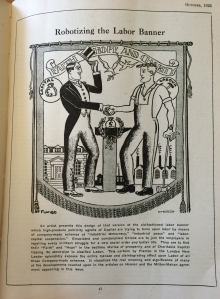


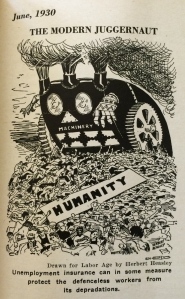

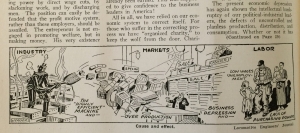



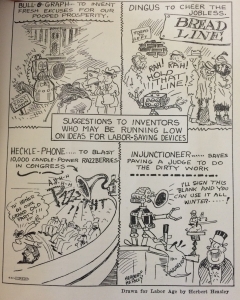
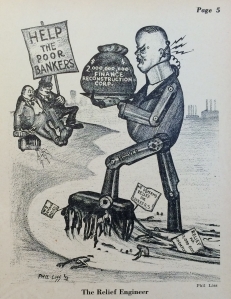
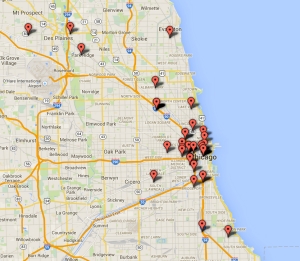
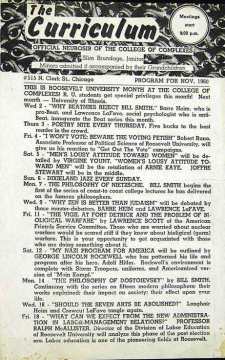
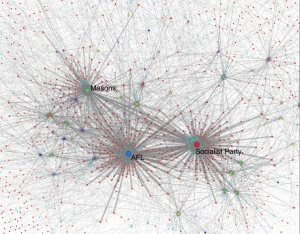

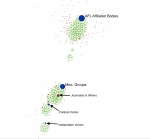
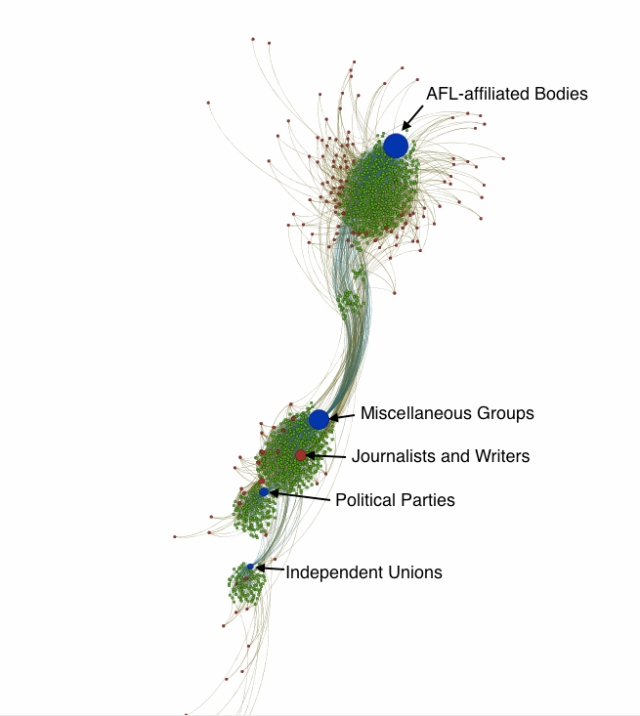


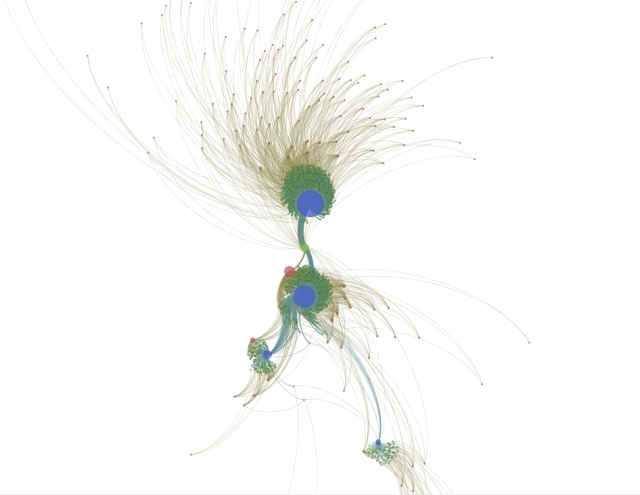


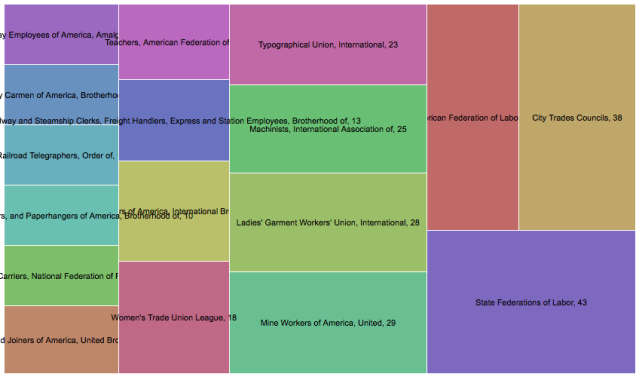

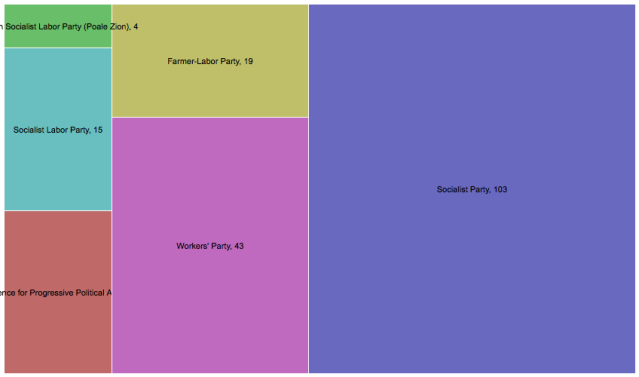
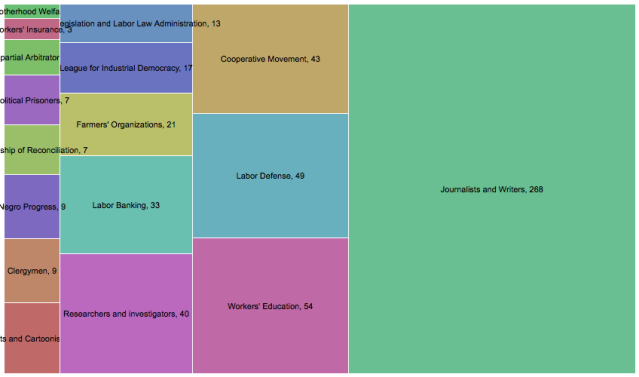
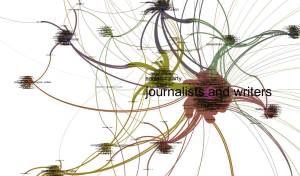
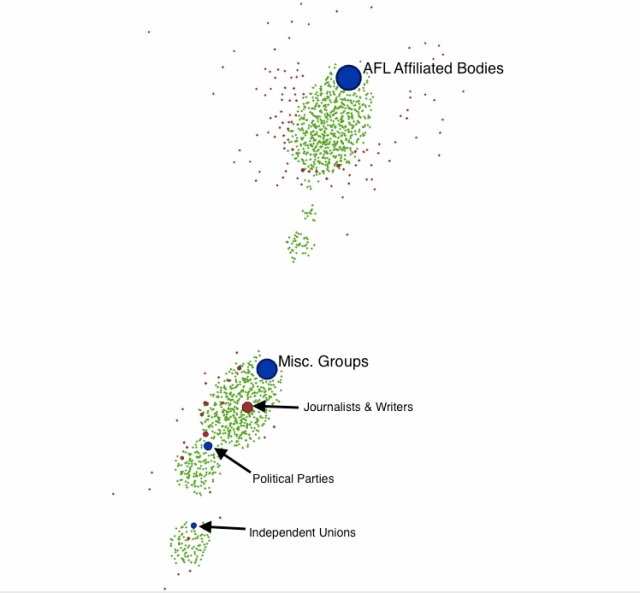
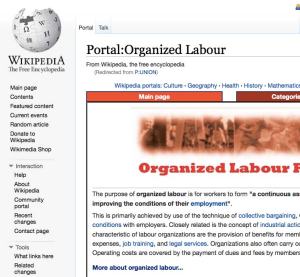
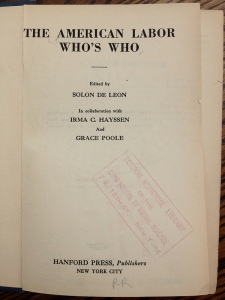
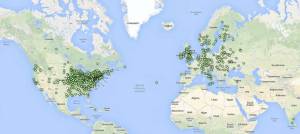
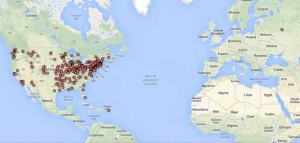




You must be logged in to post a comment.